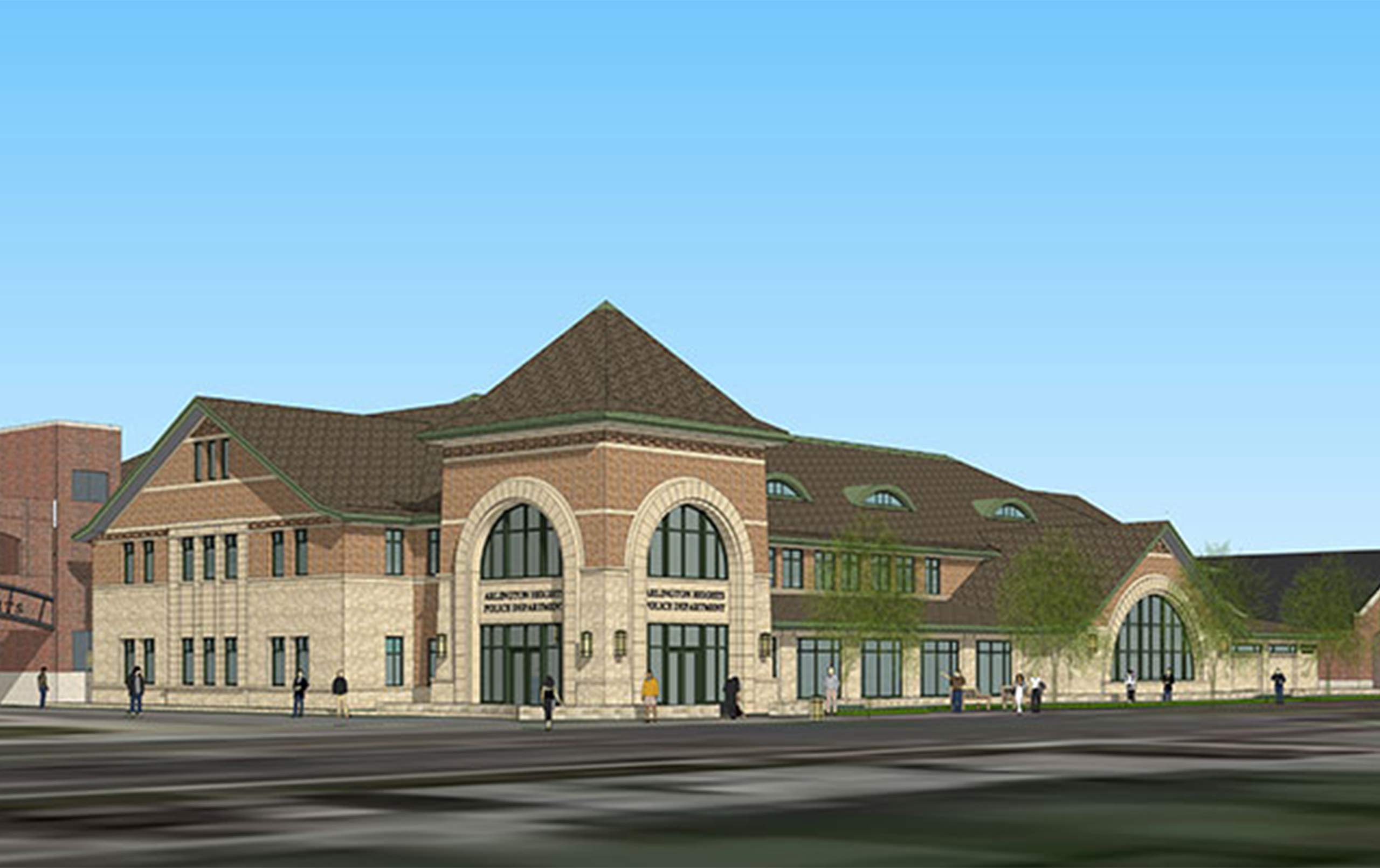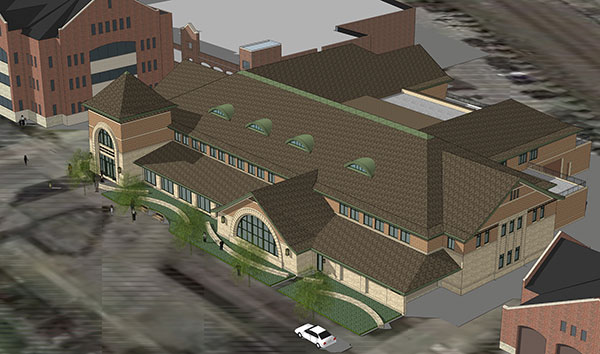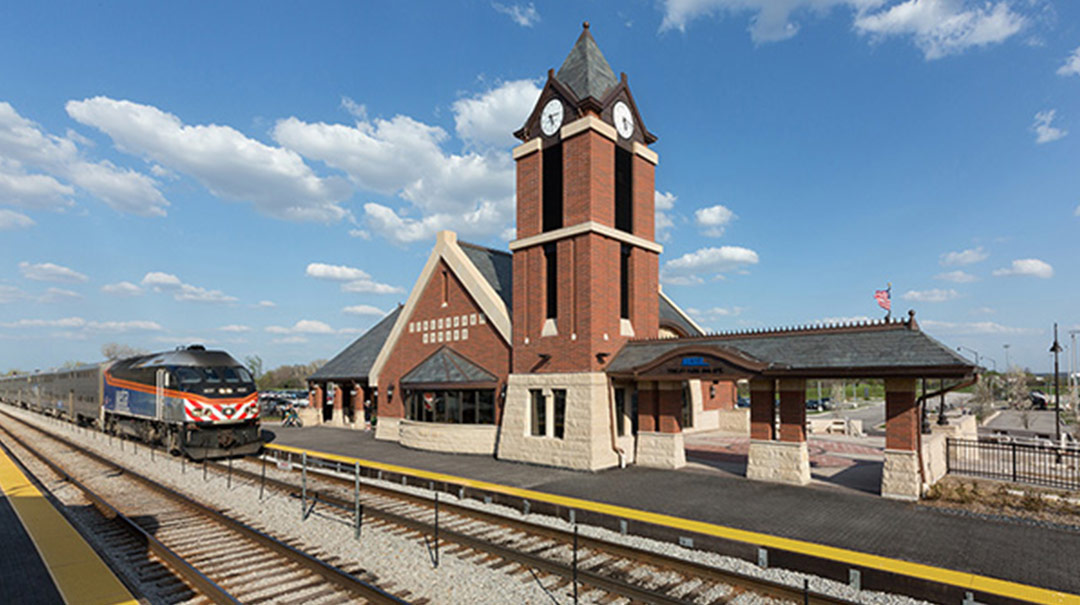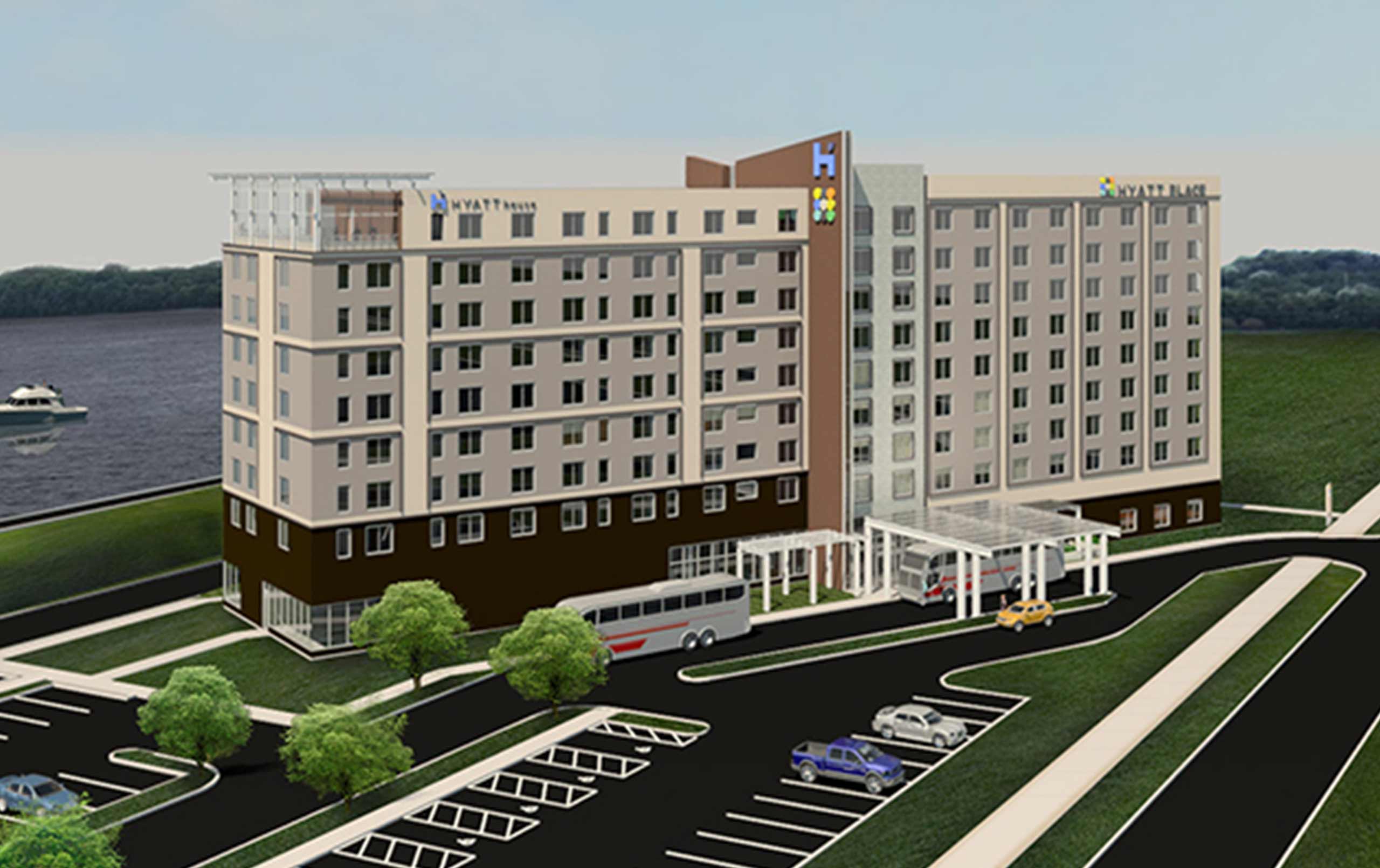
The new face of police stations: strong and welcoming
Not long ago, police stations were built to look like fortresses. Nothing about them said “Come in” or “We’re part of this community.” Rather, the message was, “Stay away.”
A station does need to convey a sense of strength and permanence. Still, the love affair with fortress-like design got to the point where the public avoided the stations. To this day, many stations, with their imposing facades and lack of windows, look more like jails than civic buildings.
Fortunately, there has been a shift in recent years—many police stations have changed their image from cold and intimidating to warm and welcoming. These are true civic buildings that make people feel good about approaching the station.
This post marks the first in a series of considerations for cities and villages thinking about a new police station, or an upgrade to an existing one. The series will draw from Legat Architects’ experience designing the new Arlington Heights Police Station now under construction.
Today’s communities want transparency with their governmental agencies, and the police department is no exception. A friendlier face on a police station changes a community’s perception of the law enforcement professionals within it. Think about the open houses that fire stations host—shouldn’t police stations have that same hospitable feel?
However, it’s not just about appearance. Many stations were built 20 to 40 years ago. Over the years, their communities grew, and their police force and equipment expanded accordingly. But the station, for the most part, stayed the same. Thus, many of today’s stations are undersized and ill-equipped to handle the workforces and technologies within them. And often, there’s no room for expansion.

A Positive Change in Arlington Heights
Like many stations built in the 1970s, the Arlington Heights Police Station was unattractive and incapable of expansion. It had an imposing, sterile façade with punched window openings—basically a brick box with some small windows.
Additionally, the station desperately needed more space. The department faced a common predicament with renovations: if one area gets expanded, then another area that’s already too small loses more space. The many masonry interior walls made remodeling more of a challenge. Finally, that station’s infrastructure (e.g., HVAC, lighting, data) was decades old and not up to current codes. Too costly to remodel. Impossible to expand. Only one logical solution: build new.
Now under construction, the 70,500-square-foot new station will bring much-needed space, plus its Romanesque style complements adjacent buildings and offers a much more welcoming face to the community.
Ultimately, today’s police stations should be designed as beautiful civic buildings with the same charm and openness as libraries, village halls, or fire stations. It makes a difference for our law enforcement officers, and for those whom they protect.
Next time, we’ll share tips on selecting the best location for a police station.
Contact us to learn more about police station design, or comment below to share your thoughts on this post.


